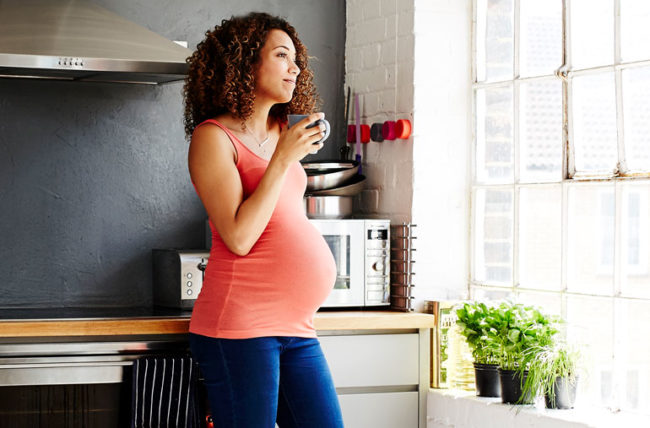
Written by Gloria Lemay
We are told that the concern about Strep B involves two groups at high risk of infection:
1. Premature infants under 37 weeks gestation
2. Any infant in utero with membranes released longer than 18 hours
Contractions are a possible indicator of infection, but this situation is a concern in weeks 0-36. After 36 weeks, Braxton Hicks are normal and a good sign of a healthy toned uterus getting ready to push a baby out.
A culture that shows Strep B in the vagina is not necessarily illness related. Just as we commonly have Strep A in our throats on a swab and have no sore throat symptoms (no strep throat), from one day to the next we can all culture positive for Strep B without any symptoms or danger to our unborn babies. This is why many practitioners refuse to test for it and simply wait to test until such time as the above two “at-risk infant scenarios” show up. One day a woman might test positive and the next be negative. To treat with antibiotics before labour would NOT be recommended. Why? The woman’s body could build up a resistance to the antibiotics and so could her baby’s body. Then if either got a more serious infection after the birth, the antibiotics might be ineffective.
Taking antibiotics can also lead to thrush, vaginal yeast and severe colic in the months after birth. There is some indication that antibiotic use can lead to Vitamin K deficiencies in the baby.
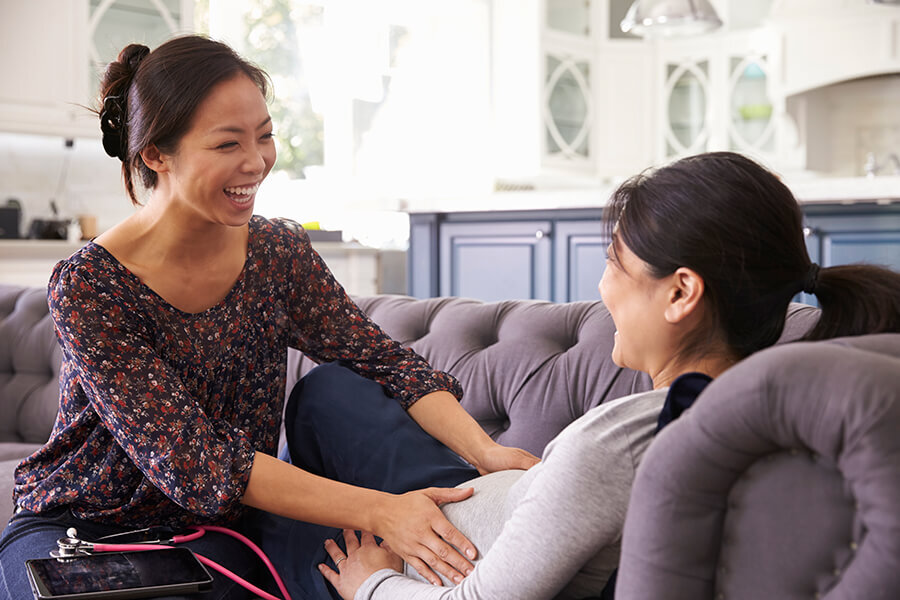
I would advise pregnant women to do as many things as possible to minimize their risk of ANY infections and maximize their immune systems. Some safe suggestions:
- Boost vitamin C in your diet—e.g., eat 2 grapefruit per day. Other good sources of Vitamin C are red peppers, oranges, kiwi fruit.
- Drink a cup of echinacea tea or take 2 capsules of echinacea every day.
- Get extra sleep before midnight. Slow down your schedule.
- Take 1 tsp colloidal silver per day. Take it between meals. Hold the liquid in your mouth a few minutes before swallowing. Colloidal silver can be purchased in most health food stores. It is silver suspended in water. It is antibiotic in nature and safe in pregnancy if you limit the intake to 3 tsps (per day). Do not take more because there is a danger of turning your skin permanently blue by overdosing.
- Plan ahead for extra warmth after the birth for both the mother and baby. Hot water bottles, heating pads, hot packs, big towels dried in a hot dryer during the pushing phase all help keep the mamatoto extra toasty after birth and reduce stress. Have a friend or family member assigned to be in charge of the mother/baby warmth team. Colostrum is the best antibiotic treatment the baby could ever get.
- Other good prevention tips: Keep vaginal exams to a minimum — 0 is best. Do not allow membrane stripping to start the birth (a.k.a. membrane sweeping). Do not permit artificial rupture of the membranes. Do not allow children of other families to visit the new baby for the first three weeks. Keep the older kids healthy so they are not sneezing and coughing on the new baby.
I often think we must have had a lot of women who were Strep B positive in the 1000 plus births I have attended. We do not test unless we have long rupture of membranes and/or a preemie. Once the baby is born, we keep all women warm and baby skin-to-skin with the cord intact and, of course, all our mothers breastfeed. I have never had a baby sick with Strep B in thirty years. Unfortunately, the use of high dose antibiotics on so many pregnant women has resulted in an increase in infant deaths due to E Coli.
Prevent the diagnosis of positive for GBS: If your care provider wants you to go for GBS testing to comply with their protocols, read this article by a Certified Nurse Midwife about the use of garlic in the vagina to knock out bacteria. Do this regimen prior to testing.
http://www.midwiferytoday.com/articles/garlic.asp
Be sure to check out Lisa Barrett’s blogpost (and the comments) about the Cochrane Review regarding GBS and Antibiotics at http://www.homebirth.net.au/2009/07/gbs-cochrane-report.html
Gloria Lemay is a contributing editor of Midwifery Today Magazine and an Advisory Board member of the International Cesarean Awareness Network (ICAN). She is also a keynote speaker at childbirth conferences and travels throughout N. America teaching midwifery. She lives in Vancouver, B.C., Canada. Visit her blog at www.glorialemay.com/blog.
*References:
(1.) E. M. Levine et al., “Intrapartum Antibiotic Prophylaxis Increases the Incidence of Gram Negative Neonatal Sepsis,” Infectious Disease Obstetric Gynecology 7, no. 4 (1999): 210-213.
(2.) C. V. Towers and G. G. Briggs, “Antepartum Use of Antibiotics and Early-Onset Neonatal Sepsis: The Next Four Years,” American Journal of Obstetric Gynecology 187, no. 2 (2002): 495-500.
(3.) C. V. Towers et al., “Potential Consequences of Widespread Antepartal Use of Ampicillin,” American Journal of Obstetric Gynecology 179, no. 4 (1998): 879-883.
(4.) R. S. McDuffie Jr. et al., “Adverse Perinatal Outcome and Resistant Enterobacteriaceae after Antibiotic Usage for Premature Rupture of Membranes and Group B Streptococcus Carriage,” Obstetric Gynecology 82, no. 4, pt. 1 (1993): 487-489.
(5.) T. B. Hyde ct al., “Trends in Incidence and Antimicrobial Resistance of Early-Onset Sepsis: Population-Based Surveillance in San Francisco and Atlanta,” Pediatrics 110, no. 4 (2002): 690-695.
(6.) M. L. Bland et al., “Antibiotic Resistance Patterns of Group B Streptococci in Late Third Trimester Rectovaginal Cultures,” American Journal of Obstetric Gynecology 184. no, 6 (2001): 1125-1126.
(7.) M. Dabrowska-Szponar and J. Galinski. “Drug Resistance of Group 9 Streptococci,” Pol Merkuriusz Lek 10, no. 60(2001): 442-444.
(8.) R. K. Edwards et al., “Intrapartum Antibiotic Prophylaxis 2: Positive Predictive Value Antenatal Group B Streptococci Cultures and Antibiotic Susceptibility of Clinical Isolates,” Obstetric Gynecology 100, no. 3 (2002): 540-544.
(9.) S. D. Manning et al., “Correlates of Antibiotic-Resistant Group B Streptococcus Isolated from Pregnant Women,” Obstetric Gynecology 101, no. 1 (2003): 74-79
(10.) Ohlsson A, Shah VS. Intrapartum antibiotics for known maternal Group B streptococcal colonization. Cochrane Database of Systematic Reviews 2009, Issue 3. Art. No.: CD007467. DOI: 10.1002/14651858.CD007467.pub2.
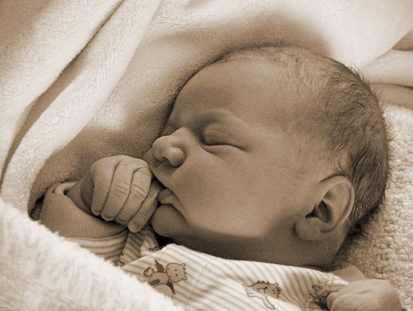






















































































































































































































































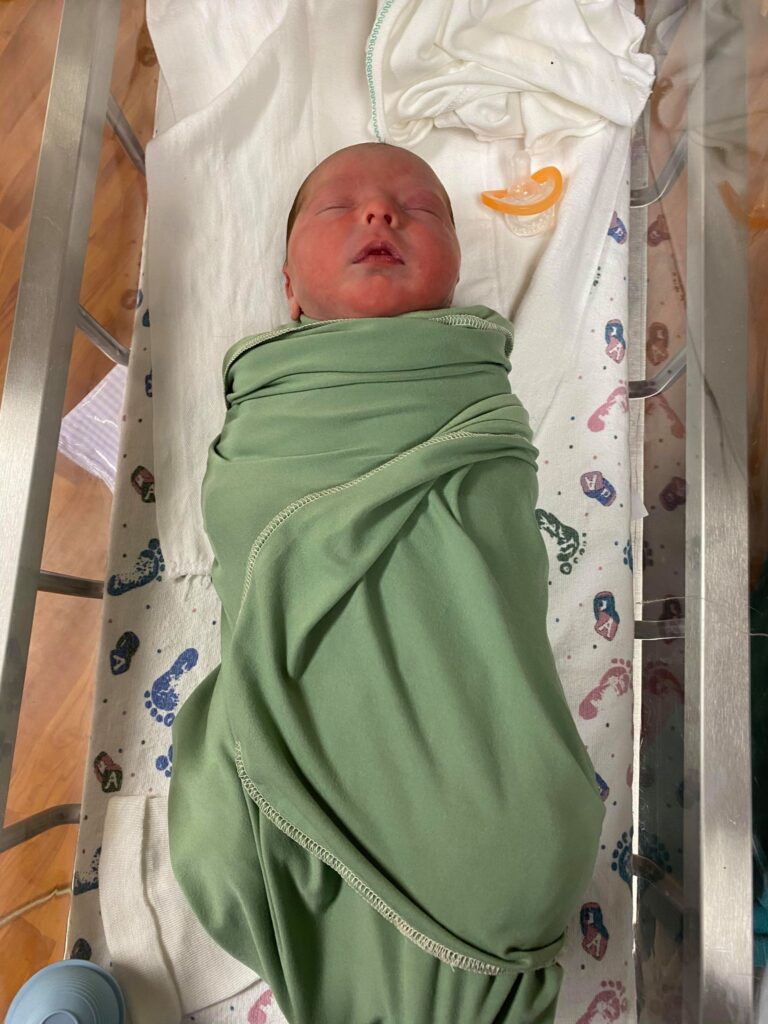
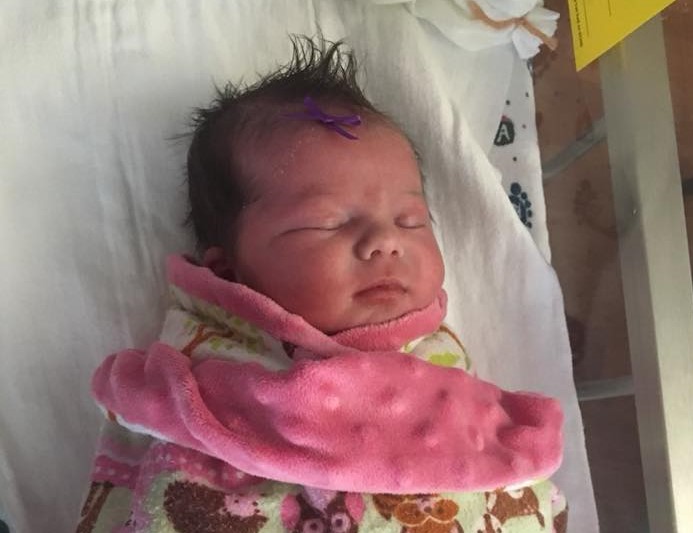
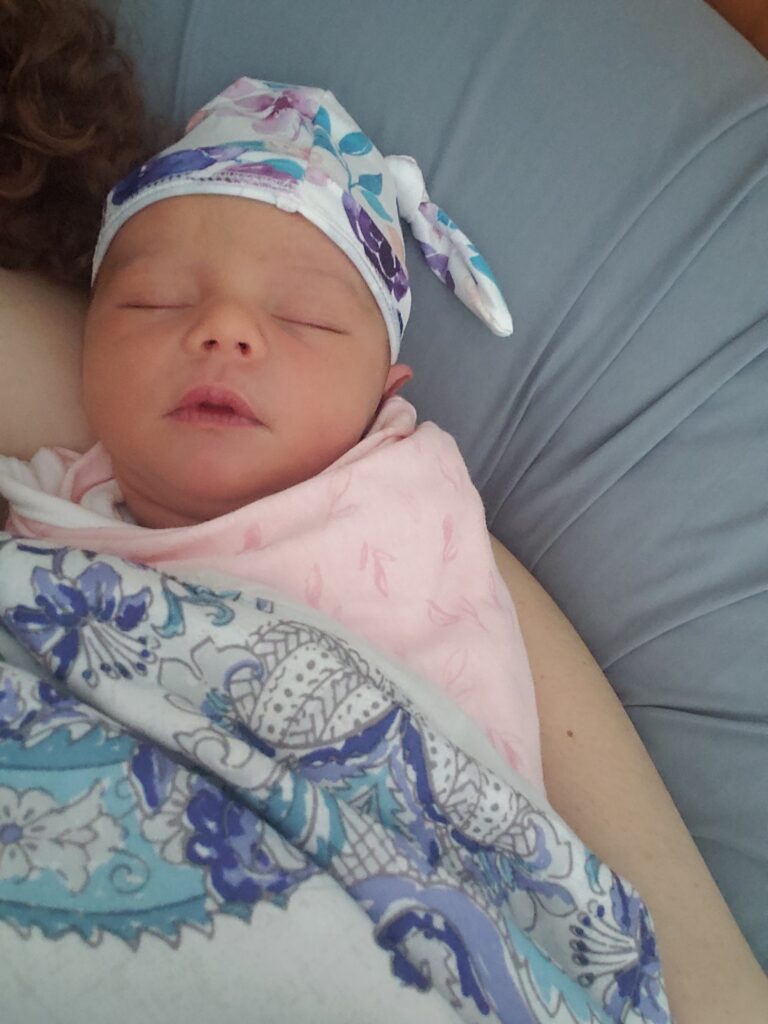
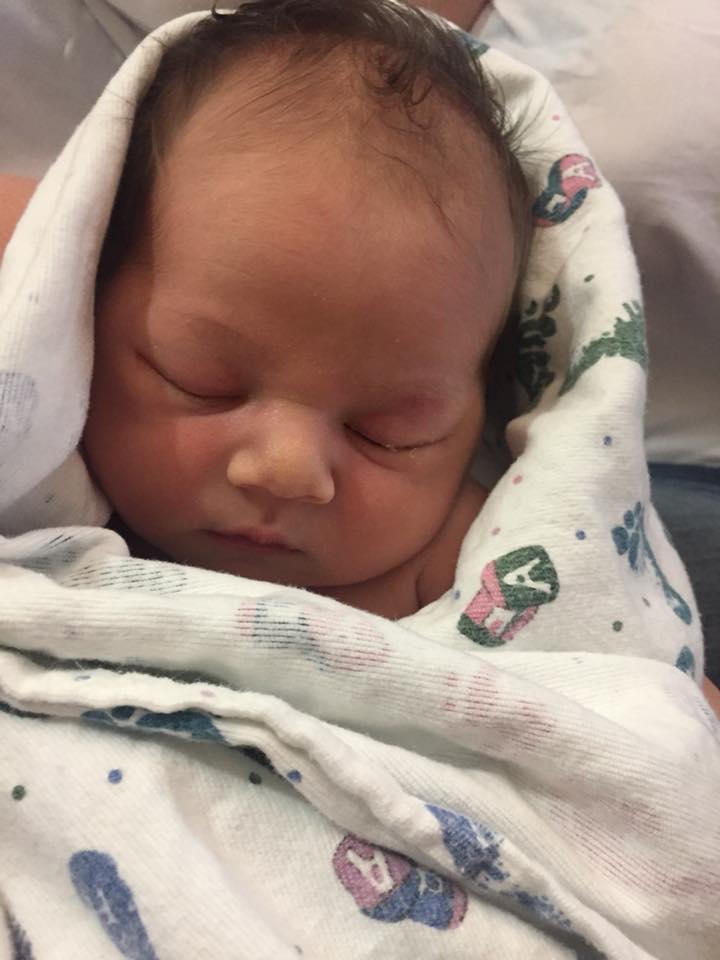
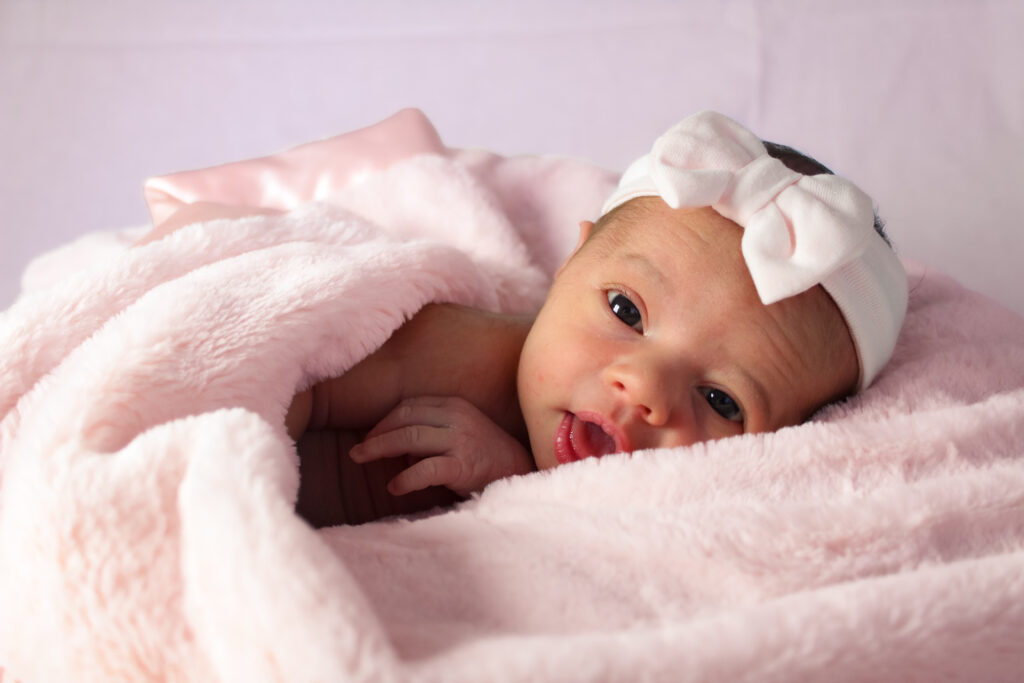

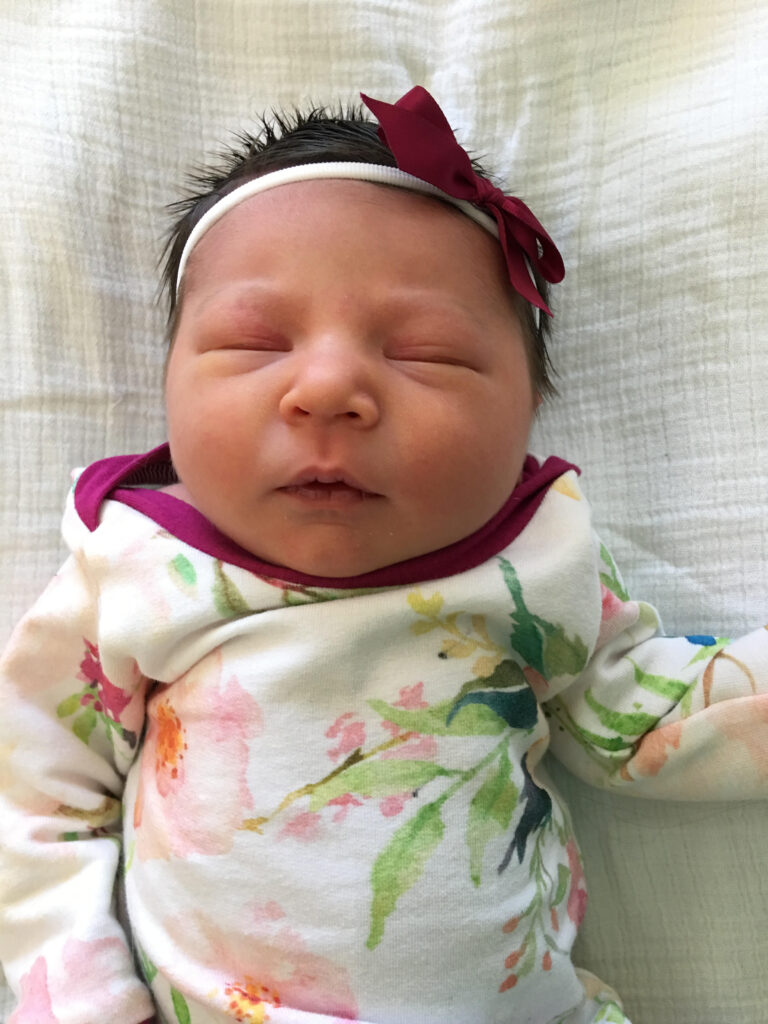
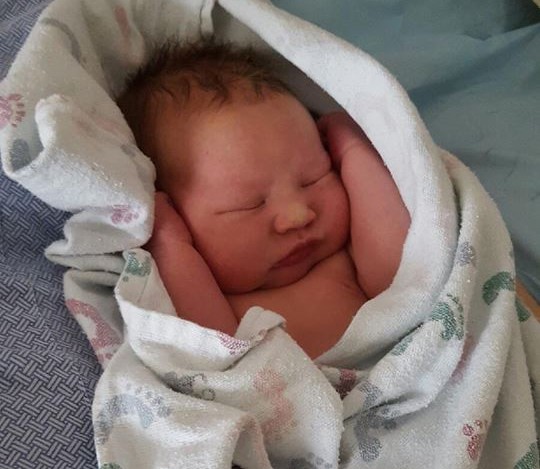

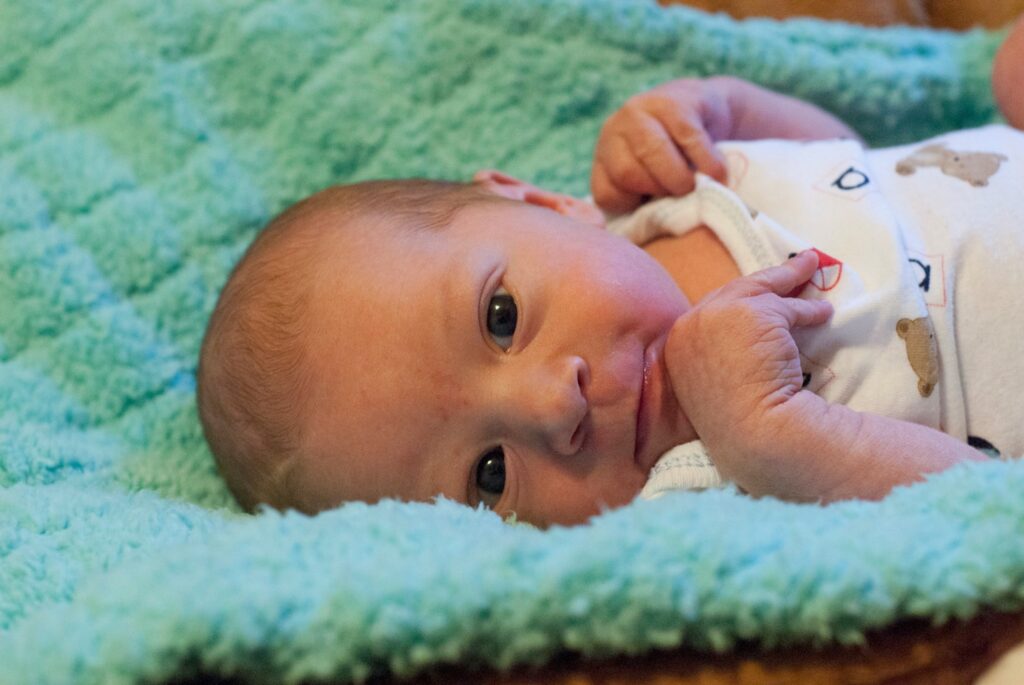
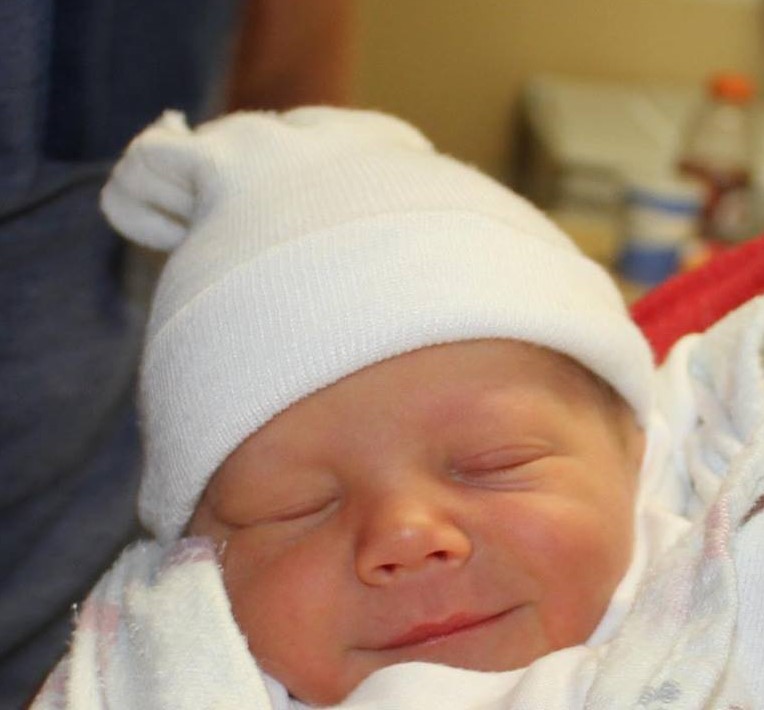
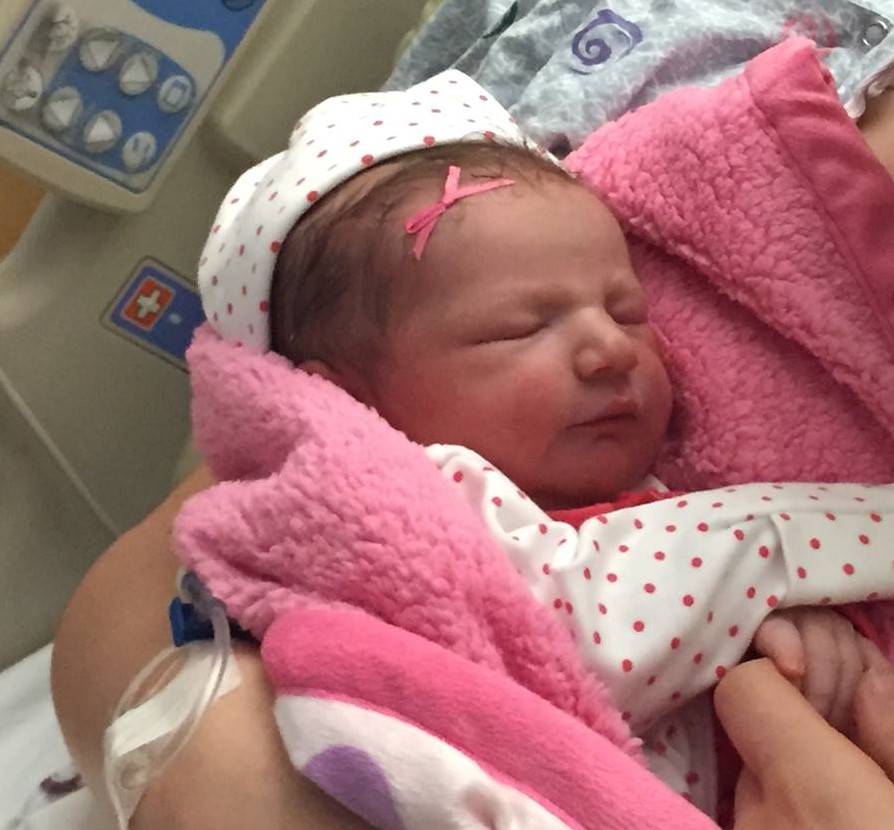
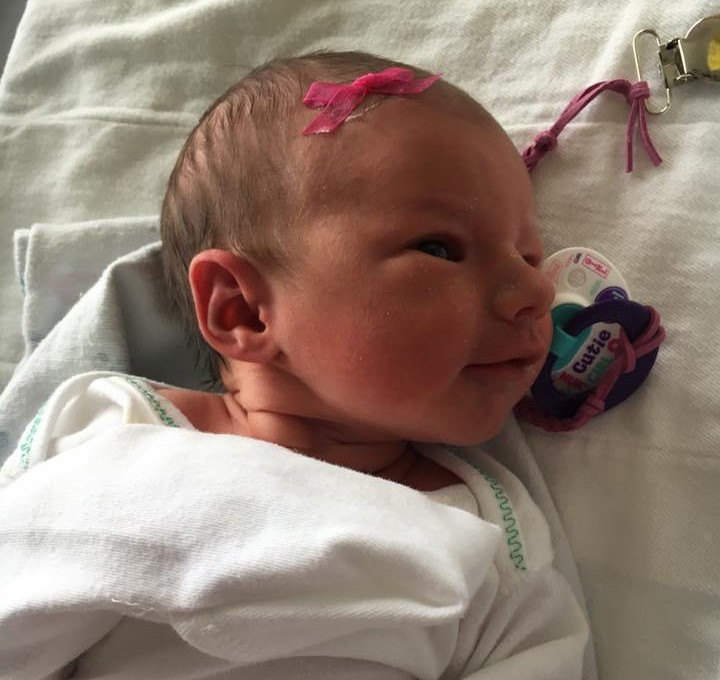
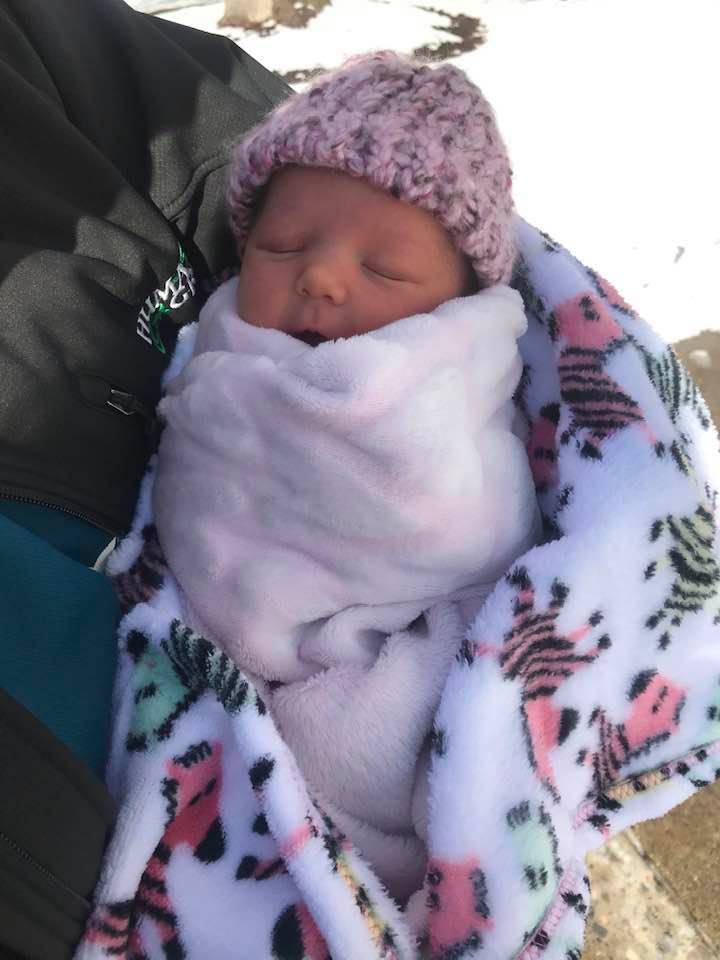
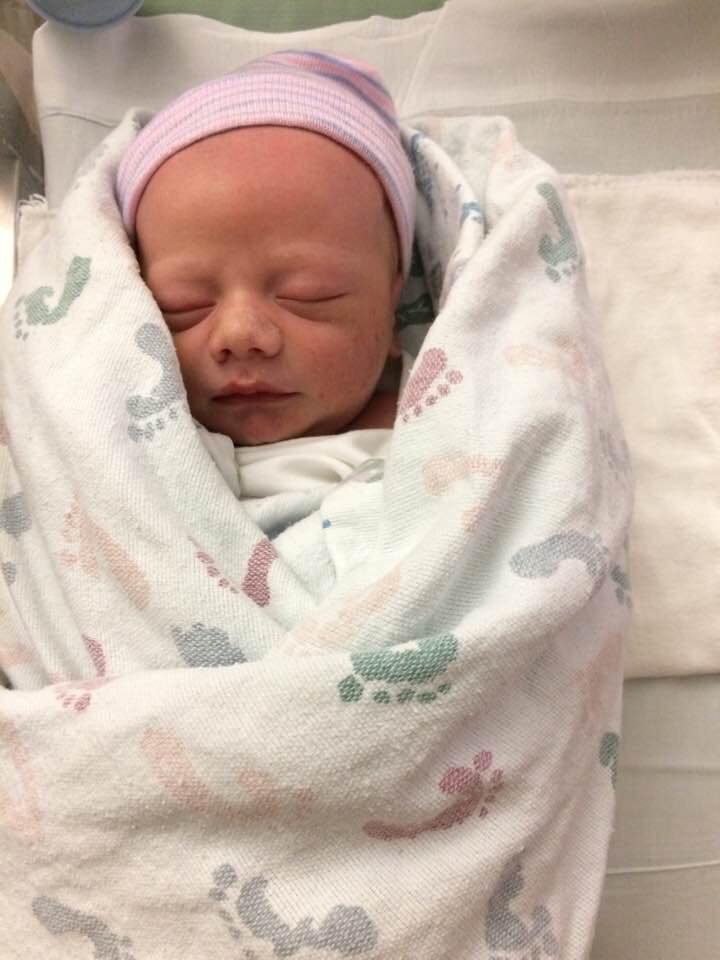
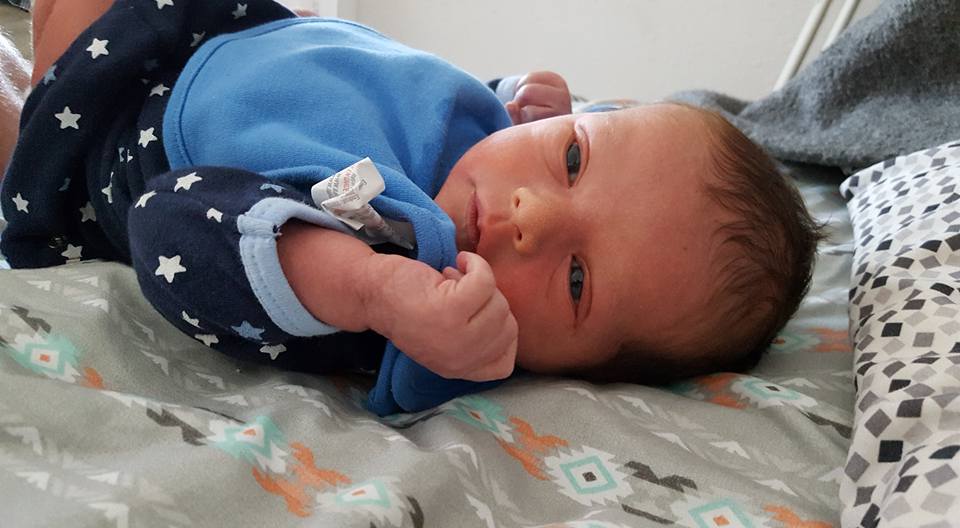
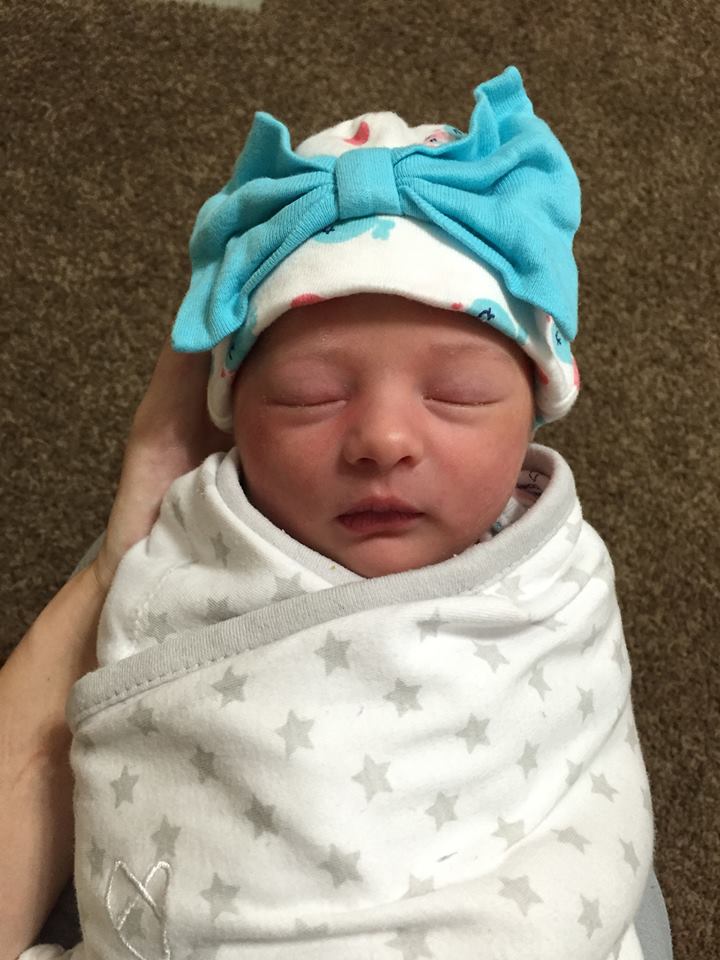
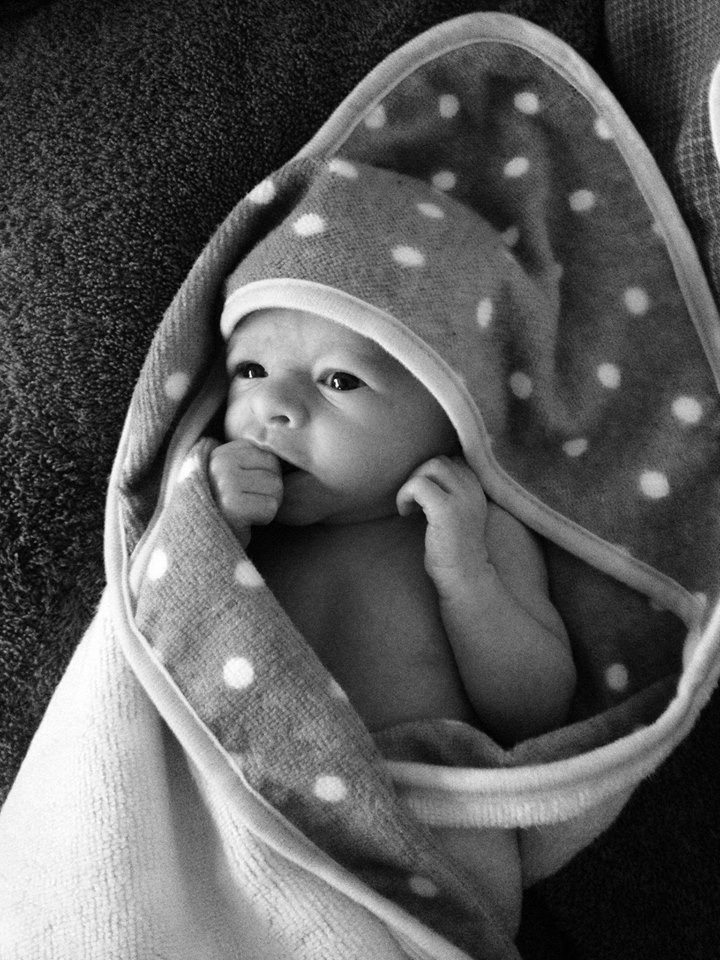
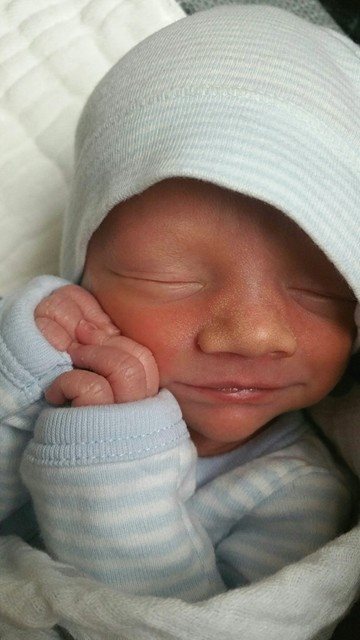
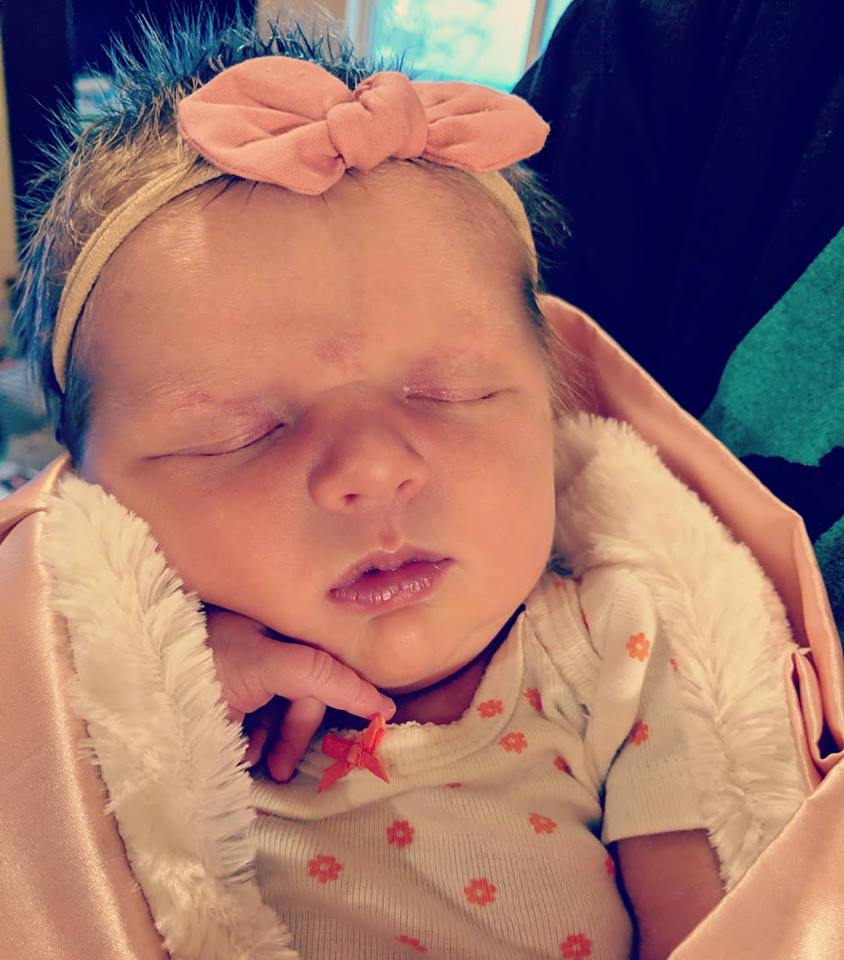
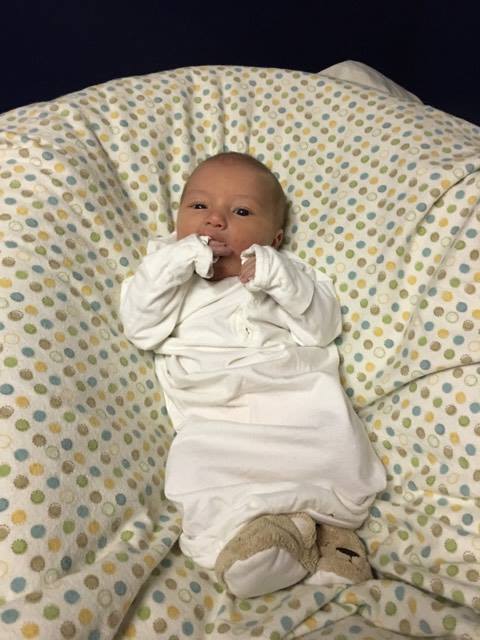
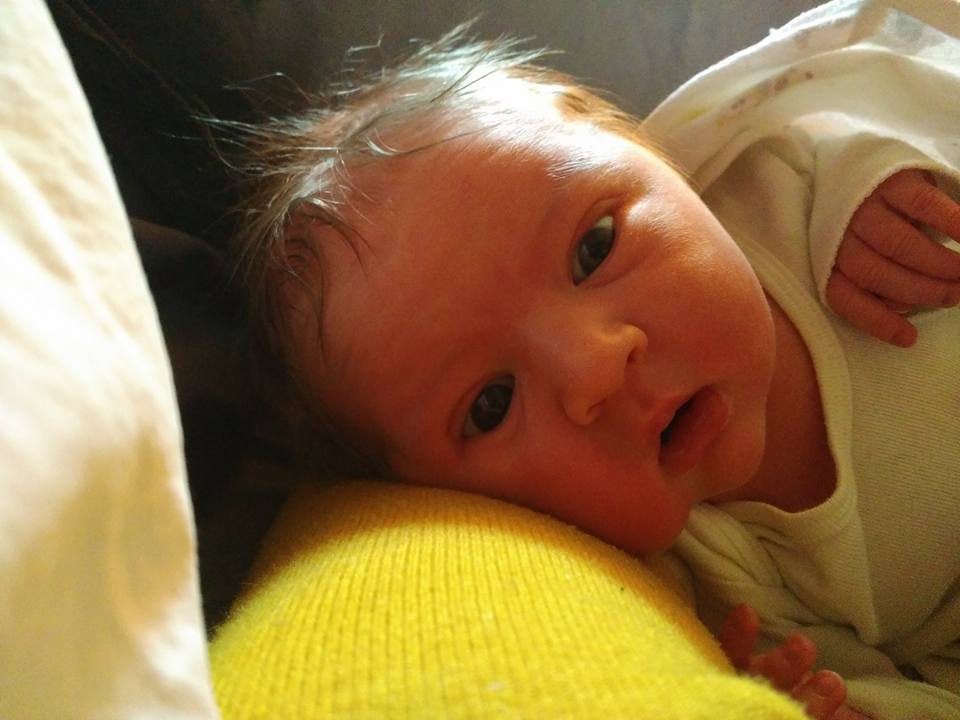
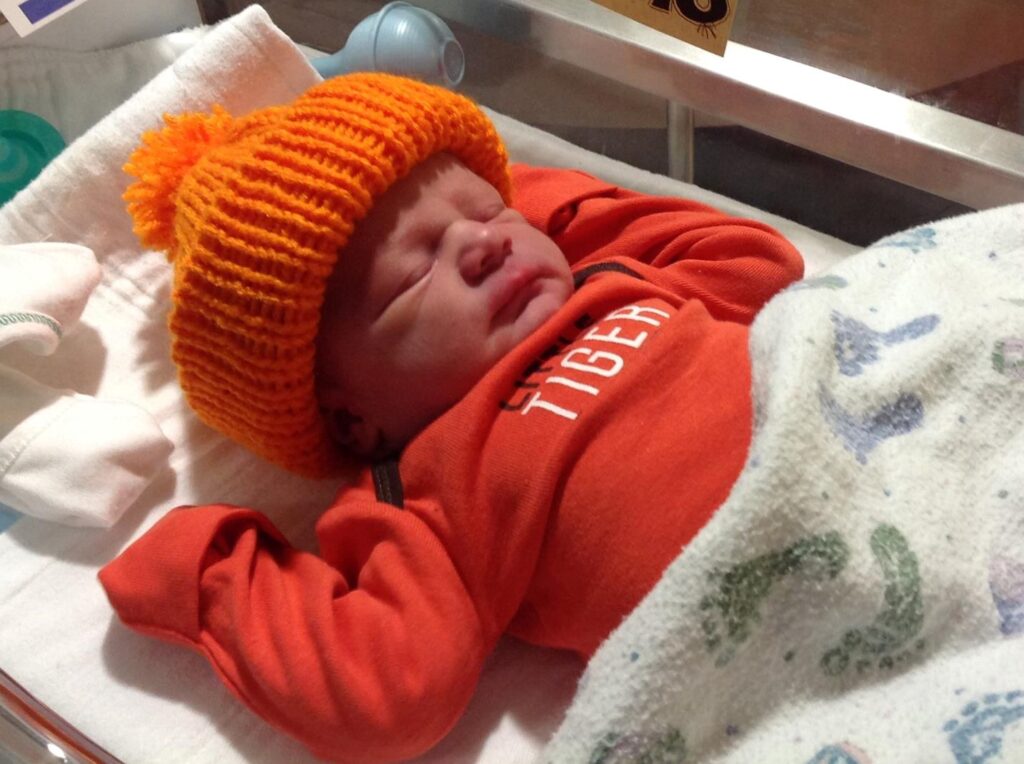
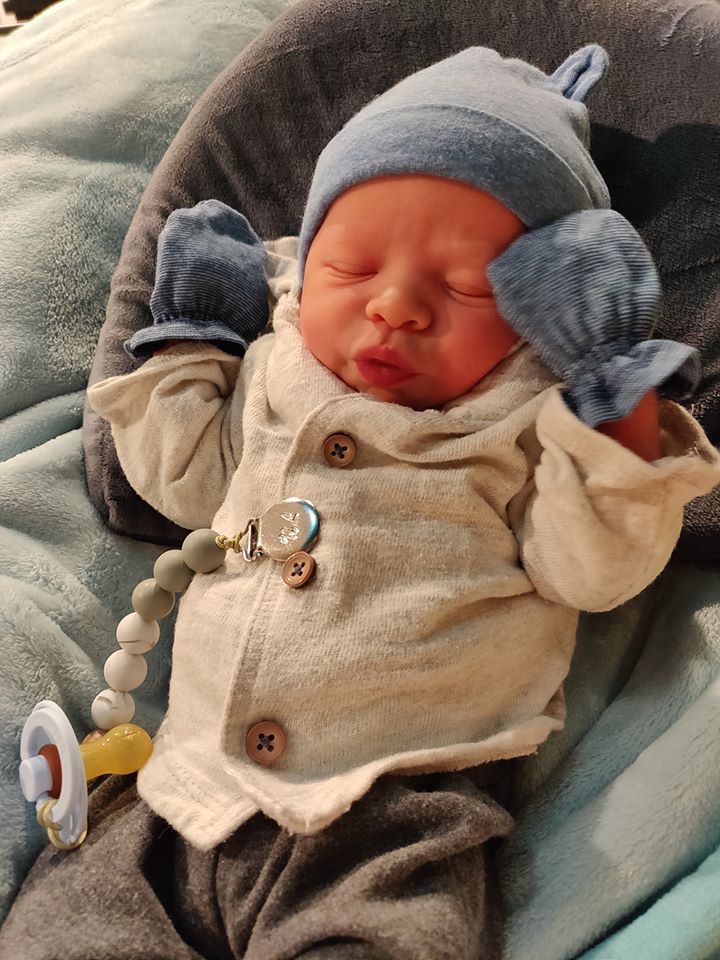











































































































































































































































Comments on this entry are closed.